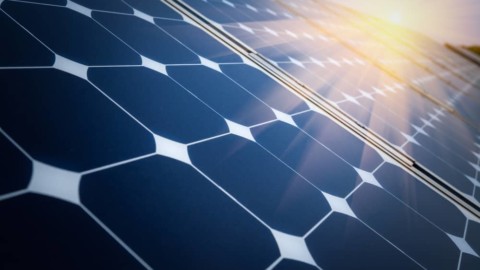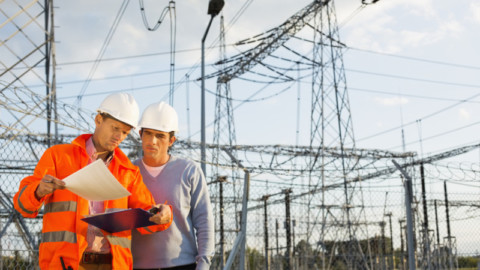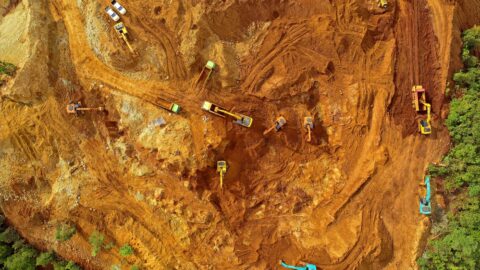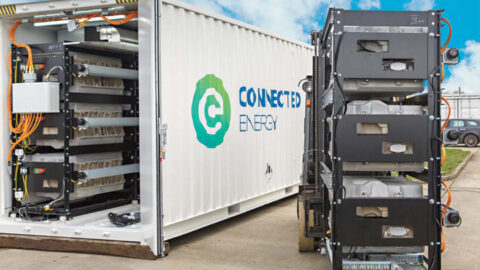CSIRO and CoreLogic Australia are trialling a new artificial intelligence (AI) system pilot to estimate energy efficiency for homes across Australia and help reduce emissions and energy costs.
Before the trial, data on the energy efficiency of homes was limited or not readily accessible and greater understanding of the energy efficiency of homes will assist the industry and homeowners to improve energy performance and lower power bills.
The pilot project combines CoreLogic’s 40 years of comprehensive property data with CSIRO’s RapidRate AI model to produce an estimate of heating and cooling load, and an energy efficiency star rating for homes.
The insights from CSIRO’s RapidRate will initially be made available to CoreLogic’s core banking and finance customers, with plans to make it available to other market segments in the future.
Federal Minister for Industry and Science, Ed Husic, said there is a pressing need to chart the energy performance of existing homes which could lead to more sustainable housing that costs less to run.
“This collaboration between CSIRO and CoreLogic is an important step towards achieving this goal,” Mr Husic said.
“Not only does this new pilot offer immediate information on household energy to the financial sector, but it also shows how scientific and technological advancements are key part of Australia reaching net zero emissions.
“Raising awareness of home energy efficiency will encourage homeowners to make their homes more sustainable and that will lower power bills.”
CSIRO Chief Executive, Dr Larry Marshall, said the new AI system is another example of the practical solutions from science CSIRO has delivered to help Australians achieve net zero emissions by 2050.
“Improving the energy efficiency of homes right around the country can reduce emissions and translate to longer-term energy and cost savings on their energy bills,” Dr Marshall said.
“Achieving net zero emissions by 2050 is one of Australia’s greatest challenges, but collaborative science and technology holds the key to creating solutions that will get us there.”
The Nationwide House Energy Rating Scheme (NatHERS) was initiated in 1993 to provide a standardised approach and regulatory framework on energy ratings for new residential homes, but the data is not easily accessible, and data on homes built before NatHERS is limited.
NatHERS data from 1.1 million homes was used to train and evaluate the RapidRate model, ensuring consistency between systems.
CoreLogic International Chief Executive Officer, Lisa Claes, said the revolutionary system has a multitude of potential economic, climate and societal benefits including supporting emissions reduction and aligning with pathways to net zero by 2050.
Ms Claes said there is an urgent need to fill knowledge gaps around energy performance of existing property that would result in more efficient, sustainable and comfortable housing that cost less to run.
“It is a thrill to be at the vanguard of revolutionising energy efficiency with Australia’s national science agency, CSIRO, to use innovative technology and data, to develop a solution for one of this generation’s greatest challenges,” Ms Claes said.
“Combining our considerable breadth and depth of knowledge and respective industry expertise gives us the power and the privilege to make a real and significant difference towards improving energy efficiency performance across the entire residential sector.”
Assistant Federal Minister for Climate Change and Energy, Jenny McAllister, said Australian residential houses and apartments are responsible for around 23 per cent of overall electricity use and eleven per cent of total carbon emissions nationally.
“Buying a home is the biggest financial decision many of us will make and this new tool could help arm homebuyers with valuable information not previously available,” Ms McAllister said.
“This will work alongside the Government’s National Energy Performance Strategy, which focuses on easing pressure on energy bills, improving energy reliability and reducing emissions.”
















